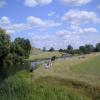
Fotheringhay Bridge 


Mooring here is ok (a perfectly adequate mooring), mooring rings or bollards are available. There is a mooring charge for a night (£6 as at Summer 2024) or a short stay (£3). The farmer is pretty keen and will be asking for his fee within minutes of your arrival. He also owns the land and charges for mooring for quite a distance downstream from the bridge. RADAR key gate available for disabled access from the downriver mooring field.
Facilities: water point.
There is a bridge here which takes a minor road over the canal.
| Elton Lock Weir Entrance | 2 miles, 4½ furlongs | |
| Elton Hall Winding Hole | 1 mile, 4¼ furlongs | |
| Warmington Lock Weir Exit | 1 mile, 2¾ furlongs | |
| Warmington Lock No 31 | 1 mile, 1 furlong | |
| Warmington Lock Weir Entrance | 6¾ furlongs | |
| Fotheringhay Bridge | ||
| Perio Lock Weir Exit No 2 | 6¾ furlongs | |
| Perio Lock Weir Exit No 1 | 7¾ furlongs | |
| Perio Mill Pond Entrance | 1 mile, 1 furlong | |
| Perio Lock No 30 | 1 mile, 1¾ furlongs | |
| Perio Lock Weir Entrance No 1 | 1 mile, 2 furlongs | |
There is a water point immediately before the bridge on the left when heading downstream.
There is an Elsan point in the camping field downstream from the castle remains.
Why not log in and add some (select "External websites" from the menu (sometimes this is under "Edit"))?
Mouseover for more information or show routes to facility
Nearest water point
In the direction of Northampton Railway Bridge
In the direction of Dog-in-a-Doublet Lock No 38
Nearest rubbish disposal
In the direction of Northampton Railway Bridge
Nearest chemical toilet disposal
In the direction of Northampton Railway Bridge
In the direction of Dog-in-a-Doublet Lock No 38
Nearest place to turn
In the direction of Northampton Railway Bridge
In the direction of Dog-in-a-Doublet Lock No 38
Nearest self-operated pump-out
In the direction of Dog-in-a-Doublet Lock No 38
Nearest boatyard pump-out
In the direction of Northampton Railway Bridge
There is no page on Wikipedia called “Fotheringhay Bridge”

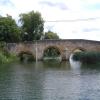
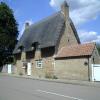
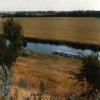
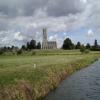
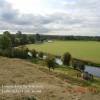
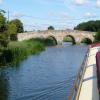
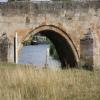

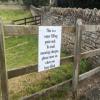
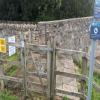
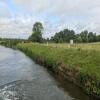

![Fotheringhay bridge. Said, according to the village information board in the church path, to have been built with stones from the former choir of the church, at the command of Queen Elizabeth I, to replace a wooden bridge. The current bridge was built of Kings Cliffe stone in 1722 (which the village board does not mention). The central arch is just big enough for narrow boats to make passage except when the Nene is in spate. The parapet is made of stones fastened together by iron staples ([[6943619]]).The bridge is a scheduled ancient monument, although the listing is devoid of any detail: https://historicengland.org.uk/listing/the-list/list-entry/1003642 . More details on the BHO website at https://www.british-history.ac.uk/rchme/northants/vol6/pp63-75 which not only gives the date of 1722, but names the designer as George Portwood of Stamford. by Bob Harvey – 25 August 2021](https://s1.geograph.org.uk/geophotos/06/94/35/6943573_cafb6aa7_120x120.jpg)
![Stapled Stone. The parapet of the bridge ([[6943573]]) uses iron staples to join the coping stones end to end. by Bob Harvey – 25 August 2021](https://s3.geograph.org.uk/geophotos/06/94/36/6943619_dca9b947_120x120.jpg)


























![Fotheringhay: limestone and thatch. Late on an early-October afternoon most of the warmth has gone from the colour of the stone. Michael Trolove's [[[879553]]] shows this row at a sunnier time of day in June 2008. by John Sutton – 04 October 2012](https://s1.geograph.org.uk/geophotos/03/16/40/3164065_25e6980f_120x120.jpg)